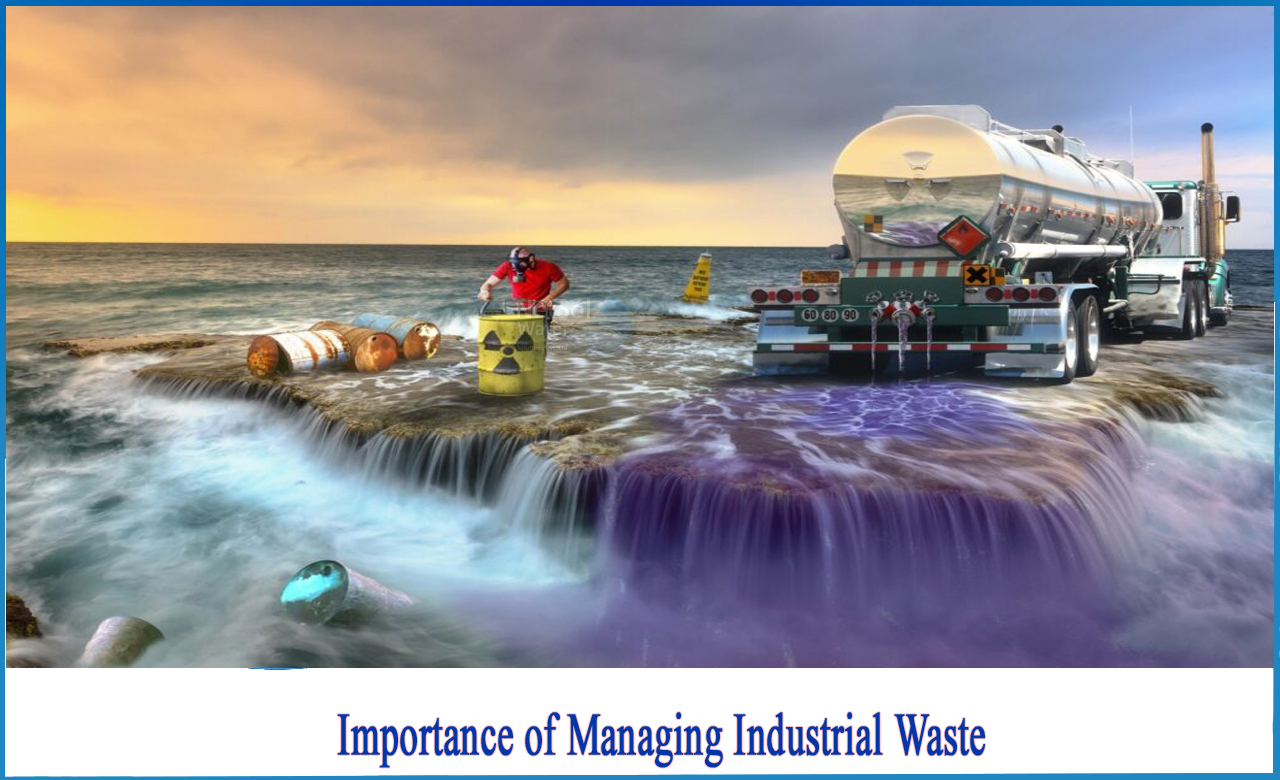Get This Report about Reclaim Waste
Table of ContentsThe Buzz on Reclaim WasteThe Facts About Reclaim Waste Uncovered8 Easy Facts About Reclaim Waste ExplainedThe 2-Minute Rule for Reclaim WasteThe Best Guide To Reclaim Waste
Check out the types, incidents, and types of fluid waste. Residential sewage waste refers to the waste and products from a household sewage-disposal tank. This sort of waste is developed by human beings in houses, schools, and various other buildings. This only consists of septic systems that have a drainpipe field. The proper monitoring and disposal of domestic sewage waste require fluid waste to be transferred to a sewer therapy plant where the correct techniques and devices are applied to detoxify and take care of waste.
Business waste typically consists of potential dangers, such as flammable materials or a combination of liquid and solid waste items, and needs a more innovative and detailed disposal process. The disposal of commercial waste generally involves the filtration of waste before transportation to guarantee secure and appropriate disposal. Industrial waste is produced from by-products and overflow of commercial procedures and manufacturing.
This sort of waste can not use the exact same sewer monitoring transport or procedures as septic or commercial liquids. The industrial waste administration procedure calls for the assessment and testing of liquid waste before it undertakes the disposal procedure (liquid waste disposal). Runoff waste is the liquid waste that comes from overflow and excess stormwater in extremely inhabited locations or cities
Overflow waste can trigger contamination and flooding if not managed appropriately. Making certain proper waste monitoring can protect against disasters and reduce ecological injury.
The 9-Minute Rule for Reclaim Waste
Call PROS Providers today to find out about our waste monitoring and disposal solutions and the correct means to look after the liquid waste you produce.
(https://issuu.com/reclaimwaste1)This supposed 'wastewater' is not only a vital source yet, after therapy, will be released to our land, rivers or the ocean. Made use of water from toilets, showers, bathrooms, kitchen sinks, washings and commercial processes is recognized as wastewater.

water utilized to cool machinery or tidy plant and equipment). Stormwater, a kind of wastewater, is runoff that moves from agricultural and metropolitan locations such as roofings, parks, yards, roads, courses and gutters right into stormwater drains, after rainfall. Stormwater moves without treatment directly to neighborhood creeks or rivers, eventually getting to the sea.
Reclaim Waste Fundamentals Explained
In Queensland, the go right here majority of wastewater is treated at sewage treatment plants. Wastewater is transferred from domestic or industrial sites with a system of sewage systems and pump stations, known as sewerage reticulation, to a sewer treatment plant. City governments develop, keep and run most sewer therapy plants. Operators are accredited under the Environmental Management Act 1994 to release cured wastewater at an appropriate ecological standard into waterways.
The Division of Natural Resources advises local governments regarding handling, operating and keeping sewerage systems and treatment plants. In unsewered locations, city governments may need homeowners to set up specific or house sewer treatment systems to treat residential wastewater from bathrooms, kitchen areas, shower rooms and laundries. The Department of Natural Resources authorises using household systems when they are shown to be efficient.
Most stormwater obtains no treatment. In some new subdivisions, therapy of some stormwater to get rid of litter, sand and gravel has begun using gross contaminant catches. Wastewater therapy happens in 4 phases: Eliminates strong matter. Bigger solids, such as plastics and other things wrongly released to sewers, are gotten rid of when wastewater is gone through screens.
Makes use of tiny living microorganisms understands as micro-organisms to break down and get rid of staying dissolved wastes and fine bits. Micro-organisms and wastes are integrated in the sludge.
The 8-Minute Rule for Reclaim Waste
Nutrient elimination is not offered in all sewer therapy plants due to the fact that it calls for pricey specialized tools. It is coming to be much more typical in Queensland. Clear liquid effluent created after treatment may still include disease-causing micro-organisms. If this effluent is released into waterways such as rivers or the sea, the micro-organisms will at some point pass away out.

A lot of wastewater streams into the sewerage system. Under the Act, regional federal governments carry out approvals and licences for eco pertinent activities (ERAs) entailing wastewater releases that might have a neighborhood influence.
Indicators on Reclaim Waste You Should Know
Or else, examples are considered laboratory analysis. Usually numerous tests are required to develop the degrees of each of the various contaminants such as oils, hefty steels and chemicals in water. Monitoring offers accurate details regarding water high quality and can verify that permit problems are being fulfilled. The information obtained through tracking offers the basis for making water high quality decisions.